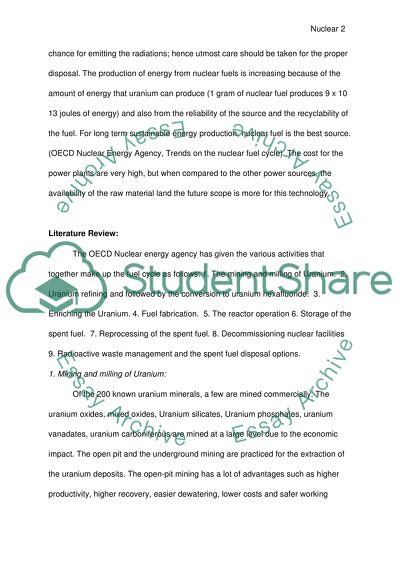Cite this document
(“Nuclear Fuel Cycle Research Paper Example | Topics and Well Written Essays - 2250 words”, n.d.)
Nuclear Fuel Cycle Research Paper Example | Topics and Well Written Essays - 2250 words. Retrieved from https://studentshare.org/miscellaneous/1568289-nuclear-fuel-cycle
Nuclear Fuel Cycle Research Paper Example | Topics and Well Written Essays - 2250 words. Retrieved from https://studentshare.org/miscellaneous/1568289-nuclear-fuel-cycle
(Nuclear Fuel Cycle Research Paper Example | Topics and Well Written Essays - 2250 Words)
Nuclear Fuel Cycle Research Paper Example | Topics and Well Written Essays - 2250 Words. https://studentshare.org/miscellaneous/1568289-nuclear-fuel-cycle.
Nuclear Fuel Cycle Research Paper Example | Topics and Well Written Essays - 2250 Words. https://studentshare.org/miscellaneous/1568289-nuclear-fuel-cycle.
“Nuclear Fuel Cycle Research Paper Example | Topics and Well Written Essays - 2250 Words”, n.d. https://studentshare.org/miscellaneous/1568289-nuclear-fuel-cycle.


